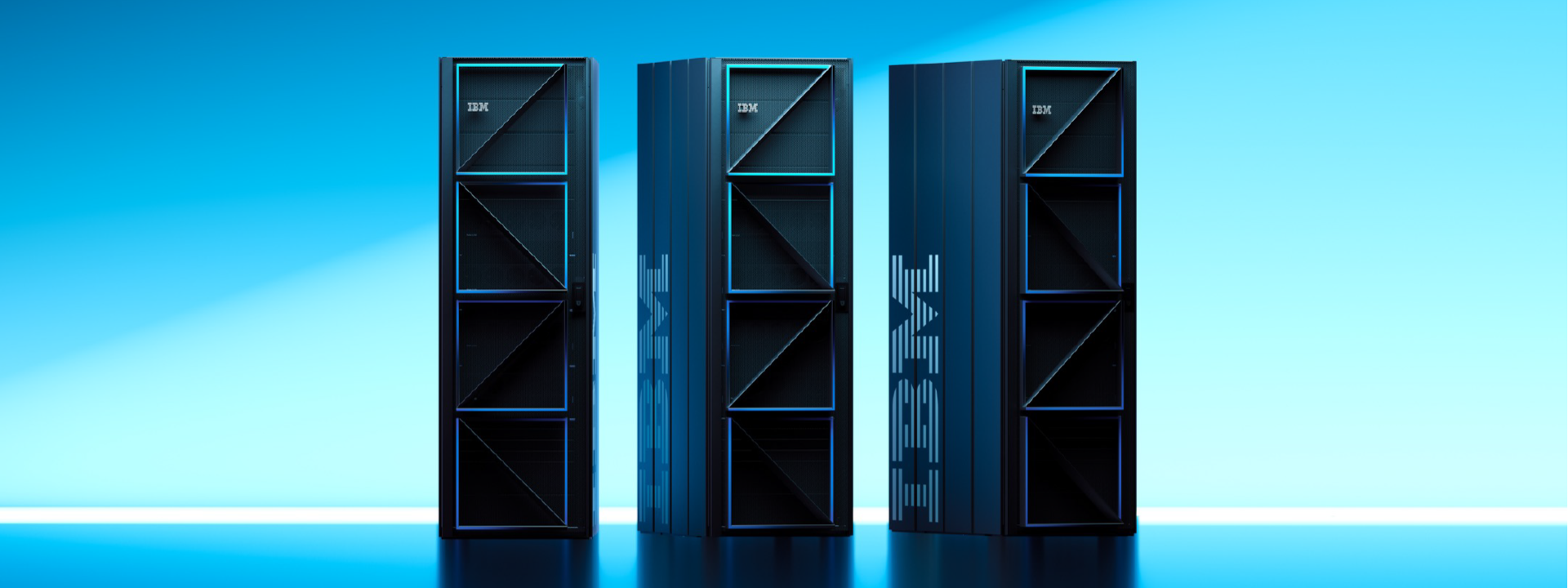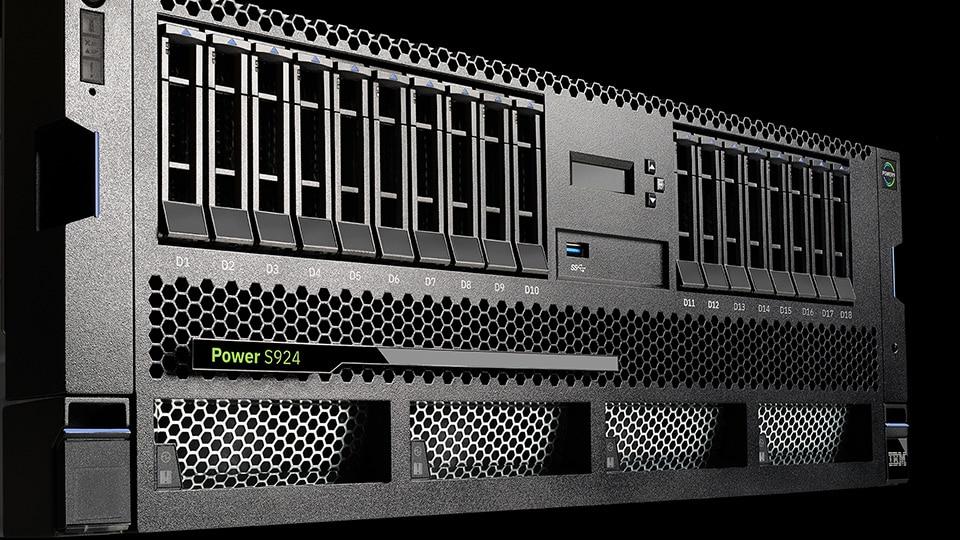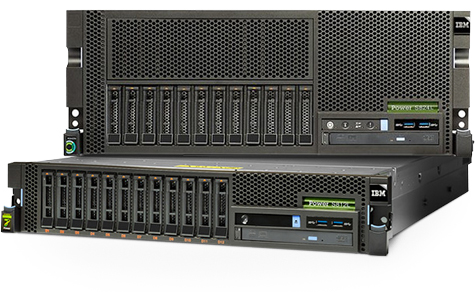Looking Ahead to IBM Power11
Now that the Power11 has started making its way into the world, we wanted to share our perspective on Power11 and its poise to deliver significant advancements that will redefine the landscape for enterprise workloads, particularly in the world of AI, hybrid cloud, and business continuity.
Read More

.png)
.png)
.png)



